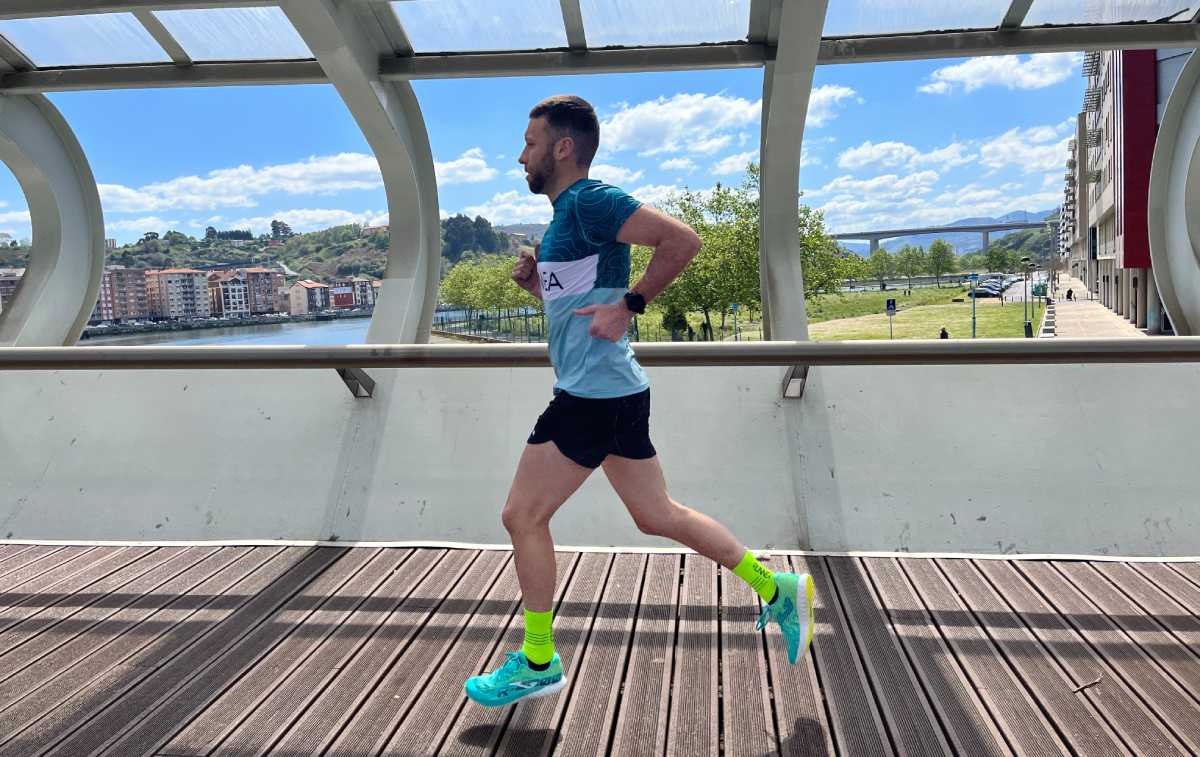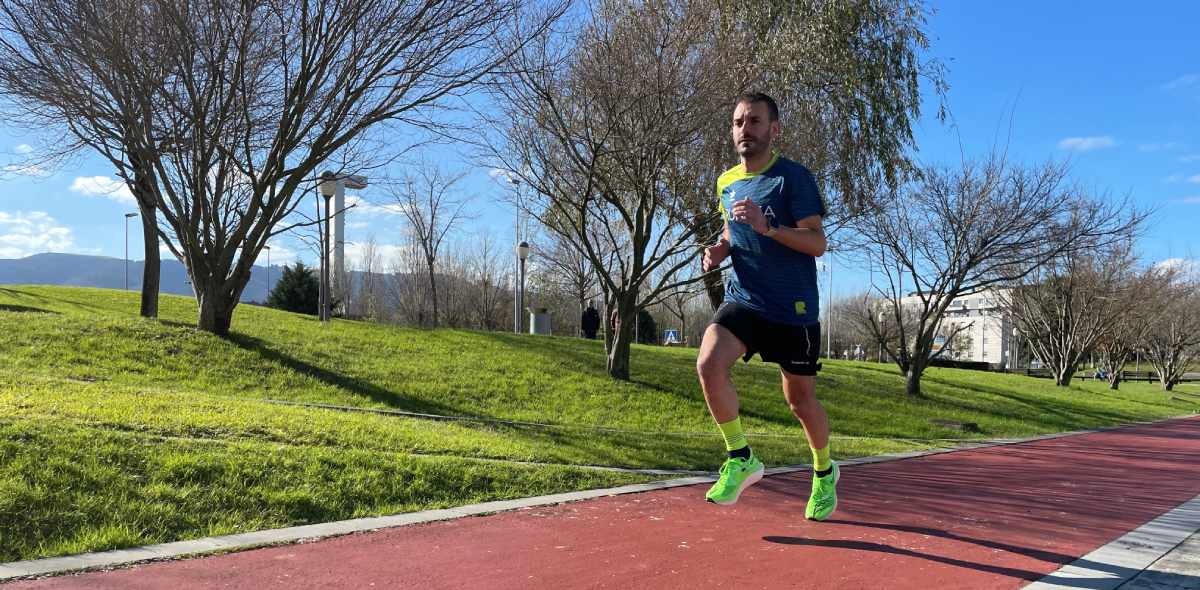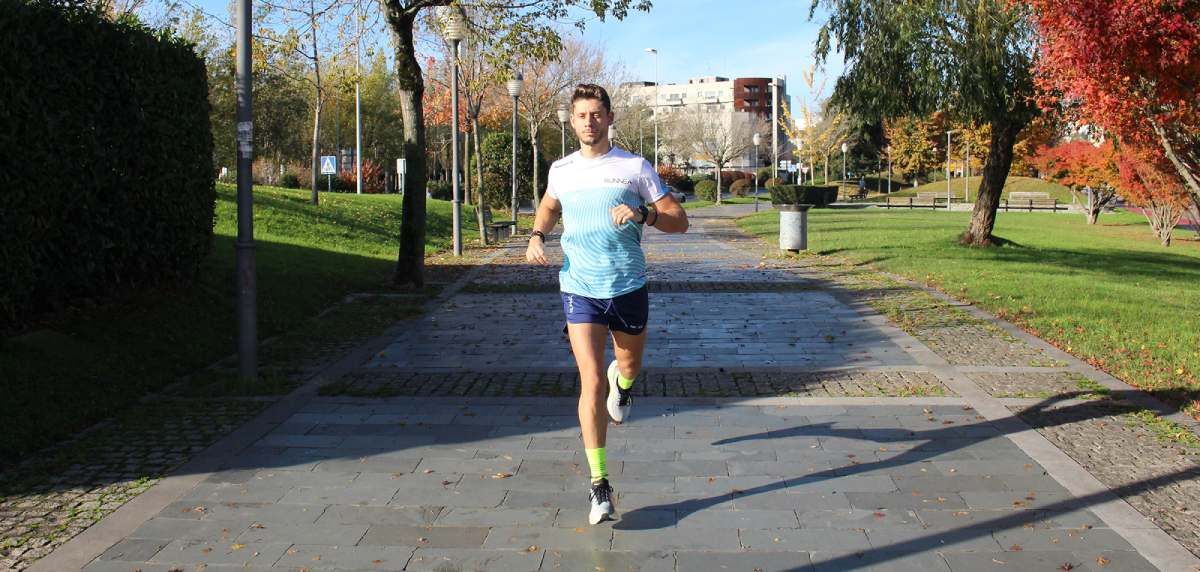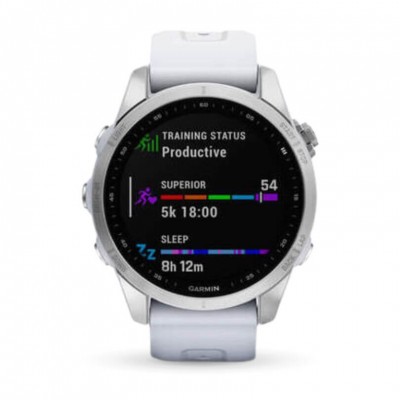In the world of running, efficiency is key. One of the most valuable indicators of running efficiency is the ability to maintain a constant speed at a lower heart rate. This not only improves performance, but also reduces stress on the heart. But how is this achieved? Don't worry, we are going to try to explain it to you in a simple way so you can understand it and put it into practice.
Not sure which shoe to choose?
In a few simple steps we help you to choose the ideal running shoe for you.
GO TO THE RECOMMENDERUnderstanding physiology

Before we dive into the strategies needed to get our heart rate down, it's important to understand what it means to have a low heart rate during running. Heart rate is the number of beats per minute. When you run, your heart pumps faster to deliver oxygen to your muscles. A lower heart rate indicates that your heart is more efficient, pumping more blood per heartbeat.
Strategies to lower your heart rate
- Aerobic base training
Aerobic base training is the foundation of any endurance training program. This type of training involves running at a comfortable pace, at which you can carry on a conversation, for longer periods of time (45+ minutes). This pace is commonly referred to as "conversational pace" and is generally between 60-70% of your maximum heart rate. By running at this pace, you are training your heart to pump blood more efficiently, which can result in a lower heart rate during exercise.
- Threshold training
Threshold training is an effective way to improve your cardiovascular efficiency. This type of training involves running at a faster pace, close to the rate at which your body switches from burning primarily fat to burning carbohydrates. This pace, known as your "threshold pace," is generally around 80-90% of your maximum heart rate. By training at this pace, you are teaching your body to eliminate lactic acid, a byproduct of carbohydrate metabolism, more efficiently. This can help lower your heart rate during your run.
- Running technique
Running technique is crucial to running efficiently. Work on running economy by improving your posture, cadence and stride. Good technique reduces the effort required to run at a given speed, which can result in a lower heart rate. Some aspects to consider include:
-Posture: Keep your body upright and relaxed. Avoid leaning too far forward or backward.
-Cadence: Try to maintain a cadence of about 180 steps per minute. This may vary depending on your height and pace, but it's a good starting point.
-Stride: Avoid taking strides that are too long. Instead, try to take shorter, faster strides.
Breath control

Learning to control your breathing can have a significant impact on your heart rate. Practise breathing techniques, such as diaphragmatic breathing, to improve oxygen efficiency. Diaphragmatic breathing involves breathing deeply into the diaphragm, rather than breathing shallowly into the chest. This allows for greater oxygen intake and better carbon dioxide removal, which can help reduce heart rate.
Nutrition and hydration
What you eat and drink affects your performance. A balanced diet and proper hydration can improve your body's efficiency and lower your heart rate. Here are some tips:
Carbohydrates: Carbohydrates are the main source of energy for runners. Make sure you include enough carbohydrates in your diet to meet your energy needs.
Protein: Protein is essential for muscle repair and growth. Include a source of protein in all your meals and snacks.
Fats: Fats are a slow-release source of energy. Include healthy fats in your diet, such as those found in avocados, nuts and fatty fish.
Hydration: Stay hydrated before, during and after your runs. Dehydration can increase heart rate and decrease performance.
Recovery and rest

Give your body the rest it needs. Good sleep and adequate rest days allow your heart and muscles to recover. This is especially important after high-intensity workouts or long runs. Here are some tips:
Sleep: Try to get 7 to 9 hours of sleep each night. Sleep is when your body does most of its recovery and repair.
Rest Days: Include at least one full rest day in your training plan each week. This not only allows your body to recover, but can also prevent overtraining.
Monitoring and adjustments

- Heart Rate Monitor: A heart rate monitor can provide you with real-time data on your heart rate during your run. This can help you maintain the right pace and keep you from overexerting yourself.
- Workout Log: Keep track of your workouts, including distance, time, pace and heart rate. This will allow you to see your progress over time and make adjustments to your training program as needed.
Case study: altitude training
Altitude training is a strategy used by many elite athletes to improve cardiovascular efficiency. By training at higher altitudes, where there is less oxygen, the body adapts by increasing red blood cell production. When you return to sea level, these adaptations can result in a higher oxygen-carrying capacity and, consequently, a lower heart rate at the same running speed.
Psychological considerations
Don't underestimate the power of the mind. Anxiety and stress can increase heart rate. Practising relaxation techniques and maintaining a positive mindset can help keep you calm and lower your heart rate during your run.
A holistic approach
Lowering your heart rate while maintaining your running speed is not a simple task and there is no one-size-fits-all solution. It requires a holistic approach that combines cardiovascular training, running technique, nutrition, recovery, monitoring, and often a bit of experimentation to find what works best for you. By adopting these strategies and being patient, you can improve your heart's efficiency and ultimately become a stronger, faster runner without putting unnecessary stress on your heart.
Read more news about: Running Training



























